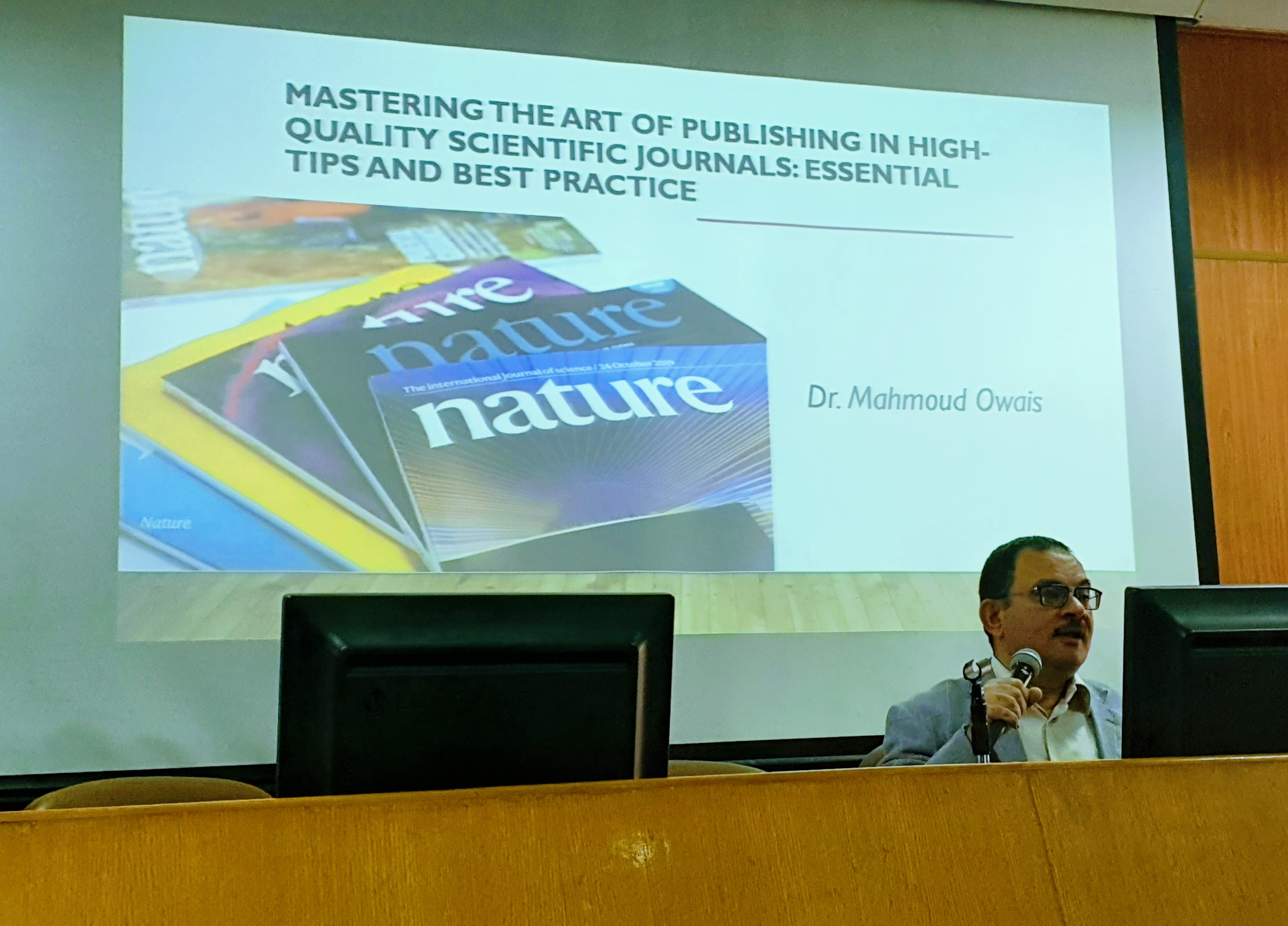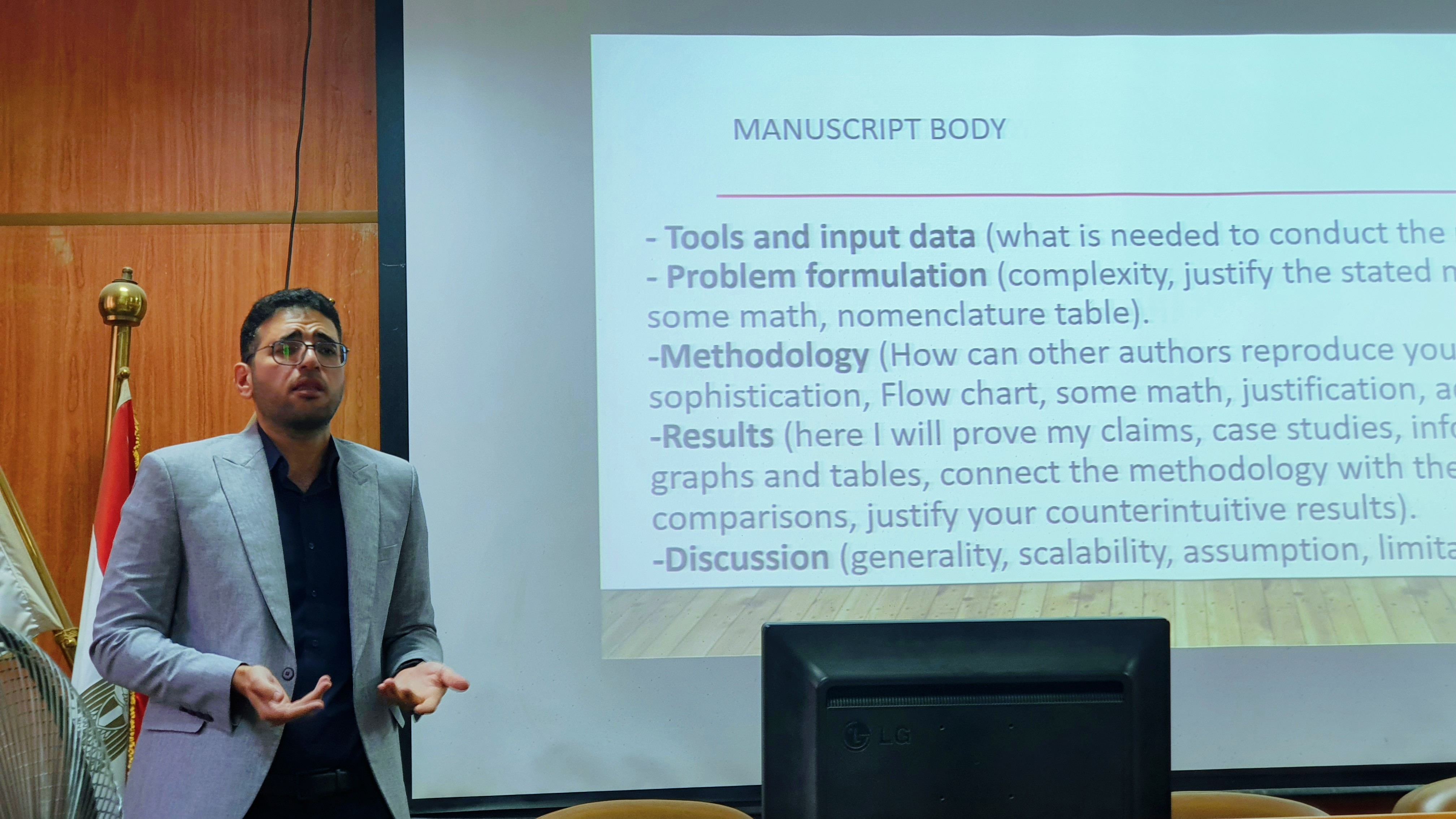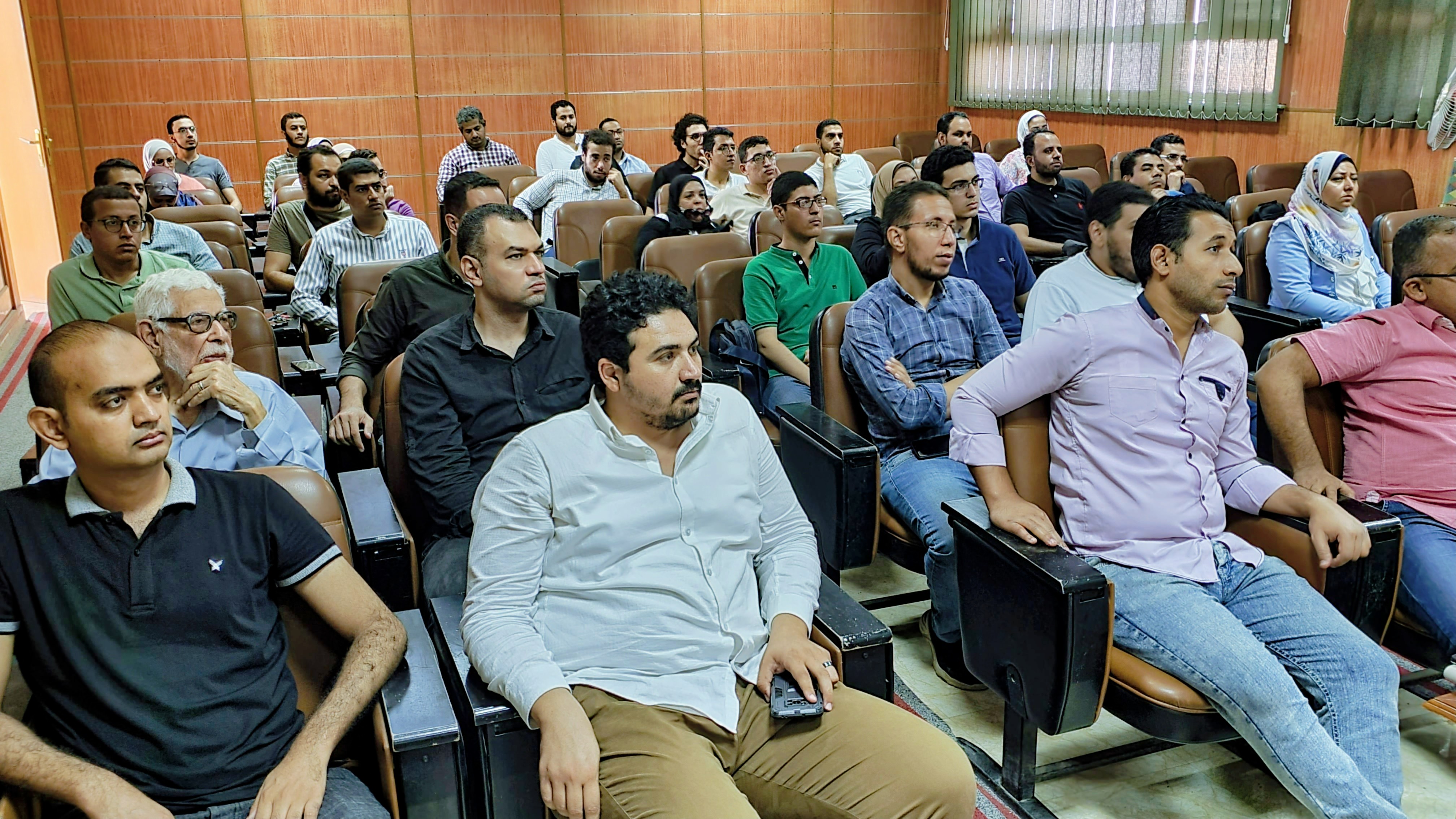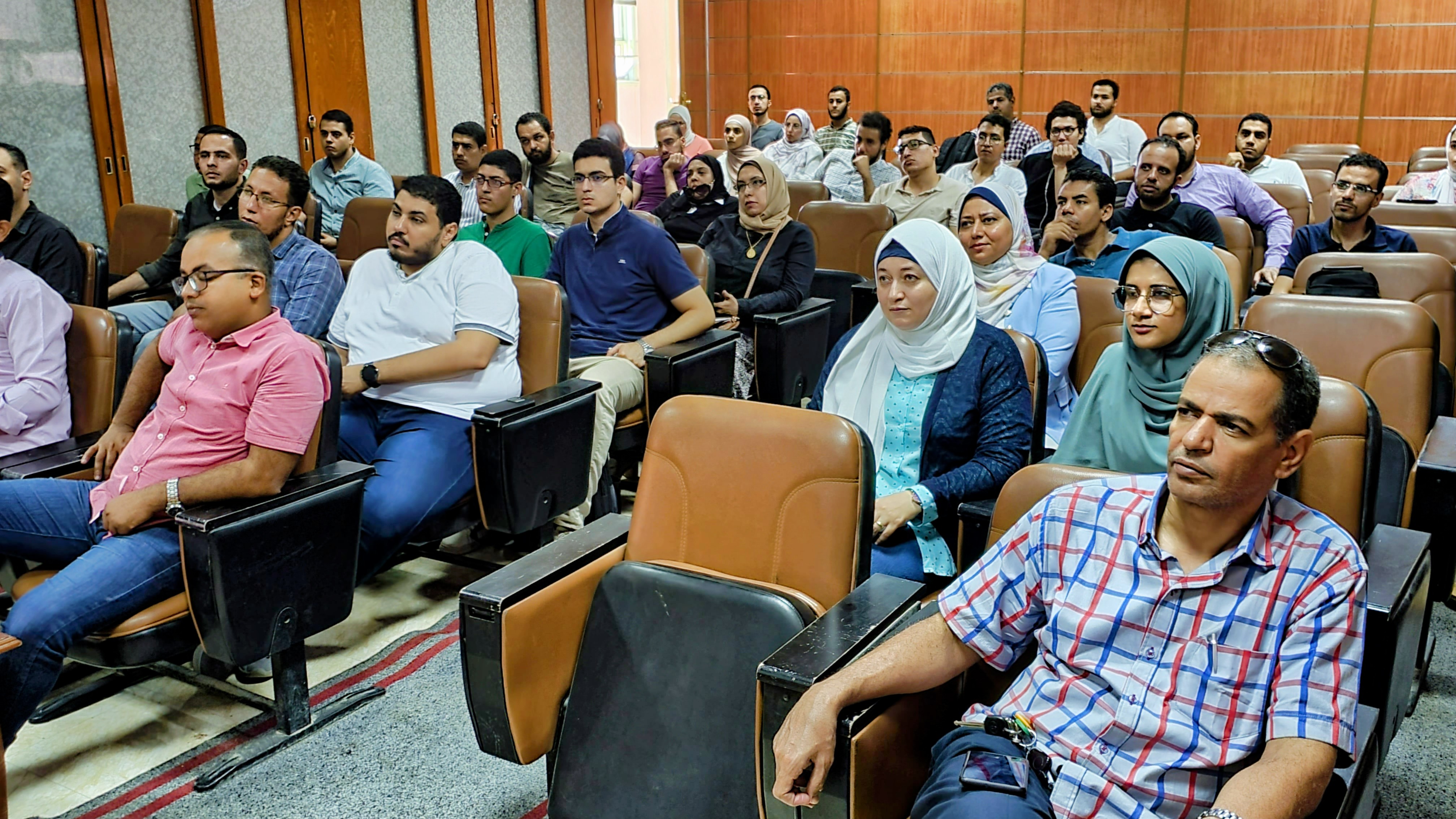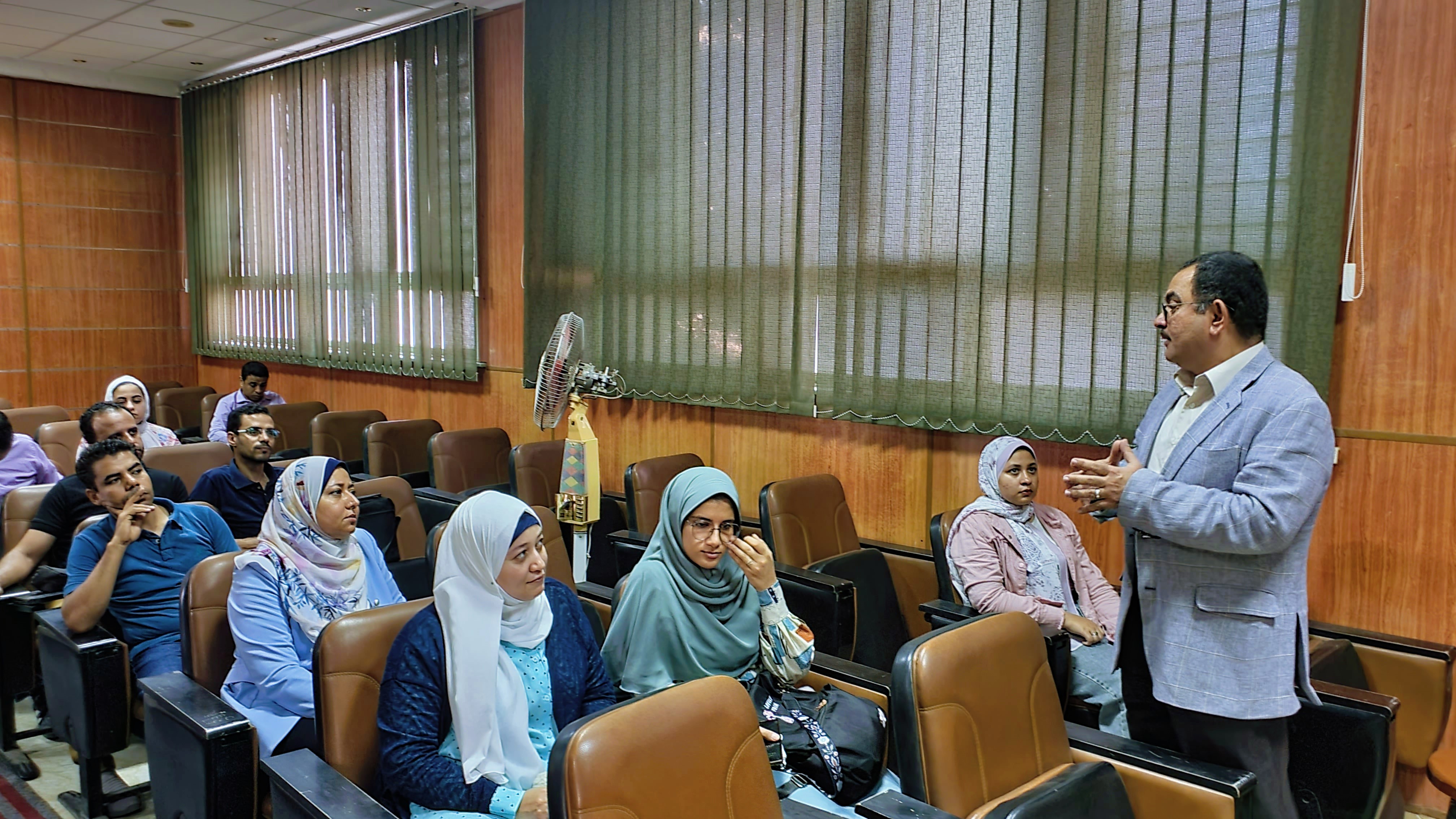Optimal techno-economic energy coordination of solar PV water pumping irrigation systems
In this study, a water pumping photovoltaic system (WPPVS) provided with a water storage tank is introduced to supply freshwater for drip irrigation in Farafra oasis, Egypt. A multi-objective K-means clustering based on non-sorting genetic algorithm is utilized to minimize both the loss of water supply probability and the total annual costs including capital and running costs. Due to the variability of the water flow rate, a techno-economic energy coordination is developed with particular attention to avoid vibration of water pumps. The economic feasibility is based on the tomato crop yield against the total cost of the drip irrigation system. Sensitivity analysis for dynamic head, crop price, and interest and inflation rates is conducted. At specific dynamic head of 6 m, the results revealed that the optimal design of the WPPVS pumps 10220 cubic meter of water for irrigation through the developed energy coordination against 18575 cubic meter with pump vibration which saves 45 % of the pumped water. This reflects its effect on a decrease of the pumped water for all dynamic head values. Furthermore, the vibration avoidance strategy allows the pump to operate at lower dynamic heads above the water threshold level in the well, which is not possible with the presence of vibrations.



